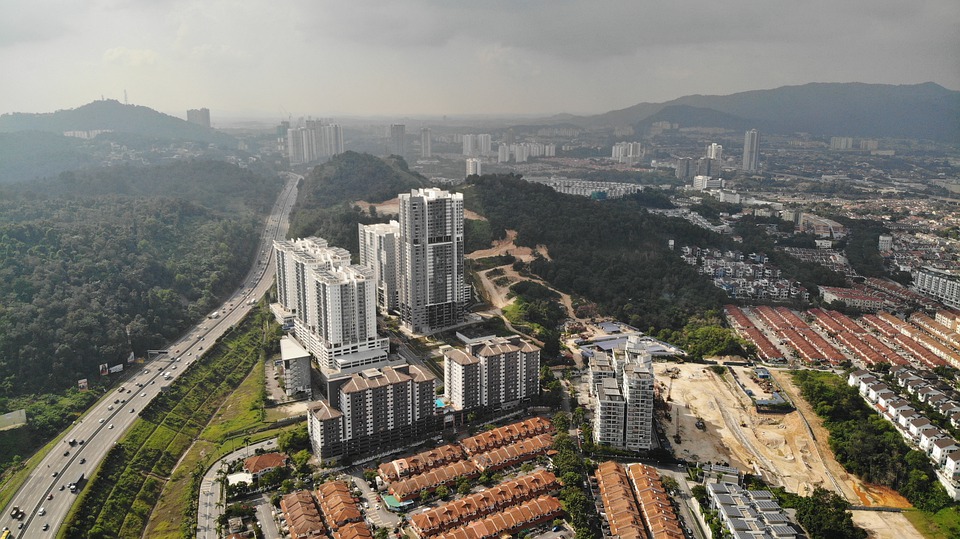With the growing influence of the field of urban ecology, issues pertaining to discourses of urban justice and equality are drawing much attention. These discourses particularly look at the relationship of people and nature in terms of differential access to the benefits offered by ‘natural spaces’. Urban nature is entangled with several social and political processes, and as nature in the city comes with several benefits, an uneven social production of ecosystem services is inevitable (Ernston, 2013). Furthermore, the limited access to urban green spaces and its impact on health has been considered as an issue of ‘environmental and social justice’. The linkages between urban ecosystems and public health can be understood in terms of the benefits human beings receive in the form of heat mitigation, aesthetics, physical activity, and outdoor recreations (Jennings et al. 2017).
Having outlined in brief the idea of social inequality in an urban ecological setting, it might be interesting to view this phenomenon through means of aerial representation. In a recent magazine by National Geographic,1 the existence of inequality in the city was depicted in the form of a bird’s eye view2. The focus of this article was on uneven development of modern cities around the world, showcasing the stark economic divide that exists within cities. Such a scenario can be seen in mega cities like Mumbai, Detroit, Cape Town and several others. Interestingly, on closer observation, each of these aerial images depict differences that are visible not only in terms of infrastructure and housing, but also in terms of green spaces. The distribution of green spaces may vary based on different socioeconomic groupings in the society, and accessibility to greenness has been observed to be positively associated with per capita income, proportion of owner occupying houses, and education. These aerial images support the argument made for difference in accessibility of green areas in urban spaces (Jennings, 2017).
The presence of such uneven infrastructural development and green spaces in cities can be better understood through the lens of urban political ecology. An interpretation of such a scenario brings to focus intertwined power relations that are responsible for the social production of such an uneven environment (Heynen et al. 2006). These images also show that inequality and injustice are very much a reality, and are existent in almost every part of the city. Finally, these images raise concerns over the entangled nature of social and ecological processes in an urbanized landscape where accessing green spaces is a matter of privilege rather than a matter of right.
References
- Heynen, N., Perkins, H. A., & Roy, P. (2006). The political ecology of uneven urban green space: The impact of political economy on race and ethnicity in producing environmental inequality in Milwaukee. Urban Affairs Review, 42(1), 3-25.
- Jennings, V., Floyd, M. F., Shanahan, D., Coutts, C., & Sinykin, A. (2017). Emerging issues in urban ecology: Implications for research, social justice, human health, and well-being. Population and Environment, 39(1), 69-86.
- Ernstson, H. (2013). The social production of ecosystem services: A framework for studying environmental justice and ecological complexity in urbanized landscapes. Landscape and Urban Planning, 109(1), 7-17.
- Combs, S. (2019, 03). Want to visualize inequality? View cities from above. National Geographic. Retrieved from: https://www.nationalgeographic.com/culture/2019/03/visualize-inequality-by-viewing-cities-from-above/
Link for Feature Image.

